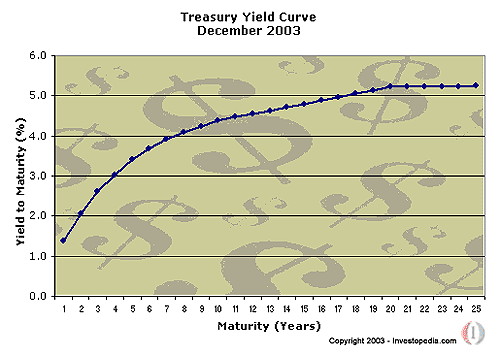Bond Investment Understanding Interest Rates and Inflation
Post on: 28 Май, 2015 No Comment

Bond investments require an acute understanding of periodic interest payments, inflation fluctuations, as well as the way in which these factors affect the yield value. Owning a bond is attached to a stream of future cash repayments. These overheads act as a function of your required return, and can be affected by oscillations in market prices.
Measure your Risks
If you’re looking into prudential bond investments, corporate or private, there are two risks that you need to measure: interest rate risk and credit risk. Taking into account short-term and long-term changes, hikes in interest rates can raise your bond price. Alternatively, should you, the issuer of the bond, miss one or more of your periodic repayments; your chances of incurring a negative credit rating are pretty high. The knock-on effect is that your investors will look at that bad rating and raise your bond’s price to cover his bases.
Here are 3 bond investment insurance tools to familiarise yourself with the trade
- Calculation of a Bond’s Price: In order to understand how interest rates affect a bond’s price, you need to grasp the concept of yields. Yield-to-maturity calculation is a discount value that processes a bond’s cash flows and makes it equal to its price. In other words, when a bond’s yield falls, its price increases and vice-a-versa.
- Relative Yield: The time-period of a bond will greatly influence its yield. In most market environments, the longer the bond investment’s maturity span, the higher the yield will be. This should make sense in light of the fact that the longer it takes for you to get your hands on the cash flow, the more likely it is that the discount rate (the yield) will be set higher.
- Inflation Expectations: To put it in layman’s terms, inflation is a bond’s worst enemy. It eats away at the purchasing power of a bond investment’s future cash flows, leading to an increased yield curve. Inflation expectations differ depending on the period of the investment, and are either controlled by a nation’s central banks or market forces, like supply and demand.
Once you are able to determine how a change in interest rates influences a bond’s price, you’re ready to meet the market. Interest rates, bond yields and inflation expectation are correlated factors that make up a bond investment. Knowing where your bond lies on the yield curve, as well as the dynamics that are attached to short-term and long-term time spans is the type of knowledge that will eventually turn you into a seasoned market investor – huzzah to that!
Bella Gray is a finance blogger who is an expert in margin trading. A maestro of tips and strategies for navigating the forex market, Gray is the perfect go-to-gal for all your trading tips and solutions.














